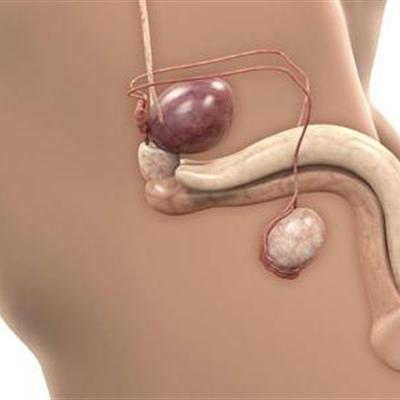How should deafness be examined
summary
The phenomenon of deafness is not uncommon around us. The occurrence of this disease has caused serious harm to the health of patients' friends. Therefore, we must treat this disease in time in our daily life, so how should we check the deafness?
How should deafness be examined
1. Tuning fork test: is the most commonly used method to identify the nature of deafness.

2. Subjective hearing test technology: mainly includes pure tone hearing threshold test and speech test for adults, behavior test and speech test for children. The subjective response of patients can be used to test the auditory sensitivity and evaluate the communication ability in daily life. Objective detection techniques include acoustic immittance test, auditory brainstem response and otoacoustic emission test, 40 Hz event-related potential and so on. Auditory steady-state evoked potential has the characteristics of fast, noninvasive, good frequency specificity, good correlation with behavioral hearing threshold, objective test method and objective result judgment. When the modulation frequency is more than 60 Hz, it is not affected by the waking state, so it is an ideal quantitative diagnostic method for hearing loss in children, especially infants.

3. Imaging: also helpful in the diagnosis of sensorineural hearing loss. In recent years, the research focus on hearing and imaging mainly focuses on functional imaging technology, which has the characteristics of reflecting vital signs, which is different from structural imaging, mainly including functional magnetic resonance imaging technology and positron emission tomography technology. Functional magnetic resonance imaging (fMRI) can observe the activity of human brain in awake state, and directly reflect the changes of event-related brain function. It has high spatial resolution and no radiation damage. It can be used in adults and children with sensorineural hearing loss. In recent years, silent MRI technology has become the first choice and main means to study the function of auditory pathway, and it is expected to provide new ideas for clinical diagnosis, treatment and prognosis evaluation. Positron emission tomography (PET) technology can detect human function and diagnose diseases from gene, molecule and whole level more early, accurately, quantitatively and objectively.

matters needing attention
How should deafness be checked? Through the introduction of the above content, do you understand this problem now? I hope these can bring you some help. In daily life, we must attach great importance to the occurrence of deafness and actively go to the regular hospital for treatment.
















